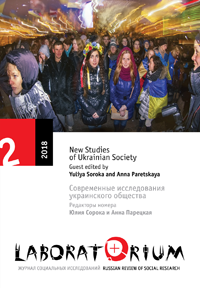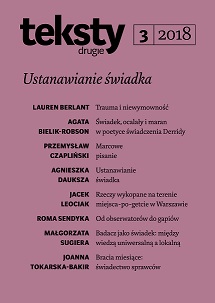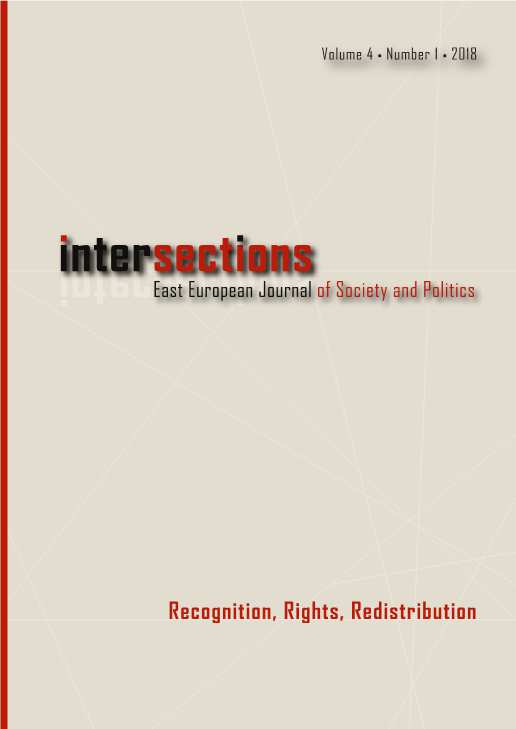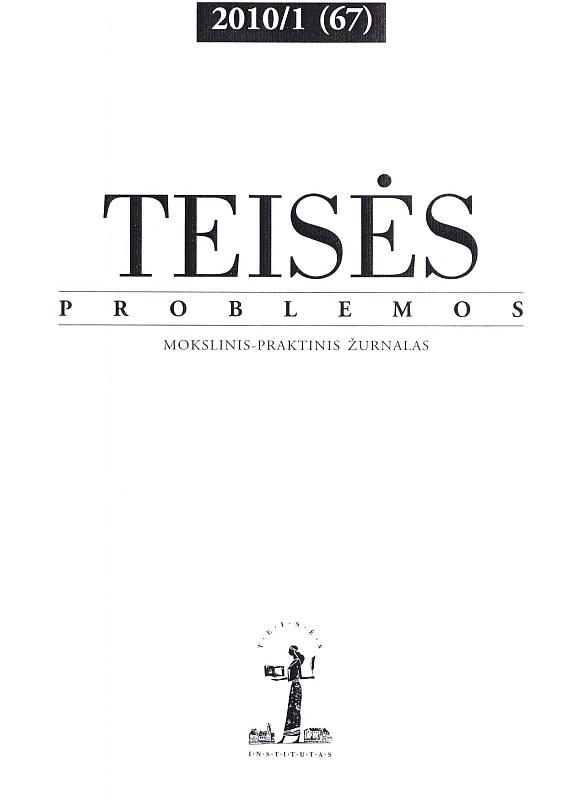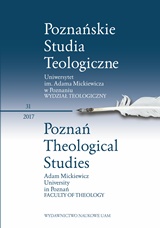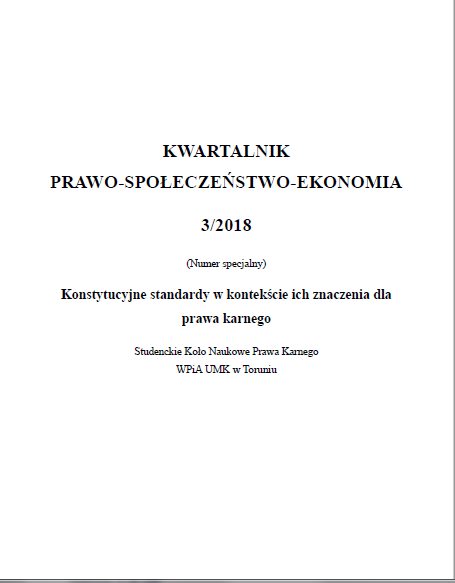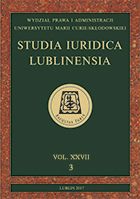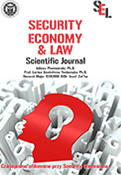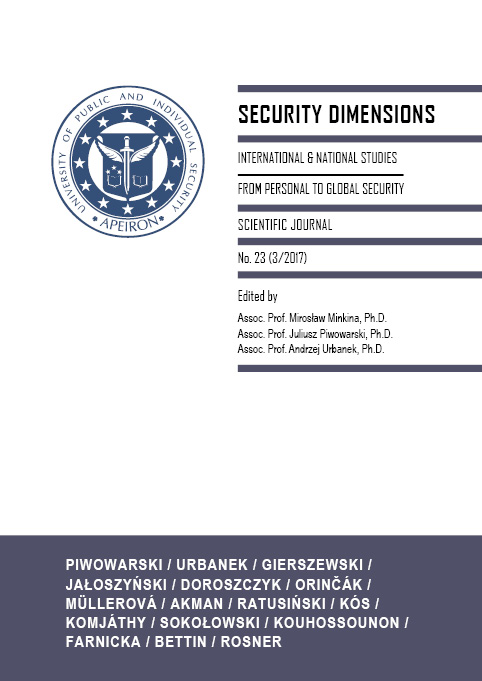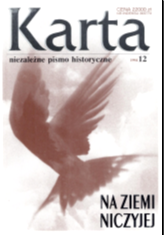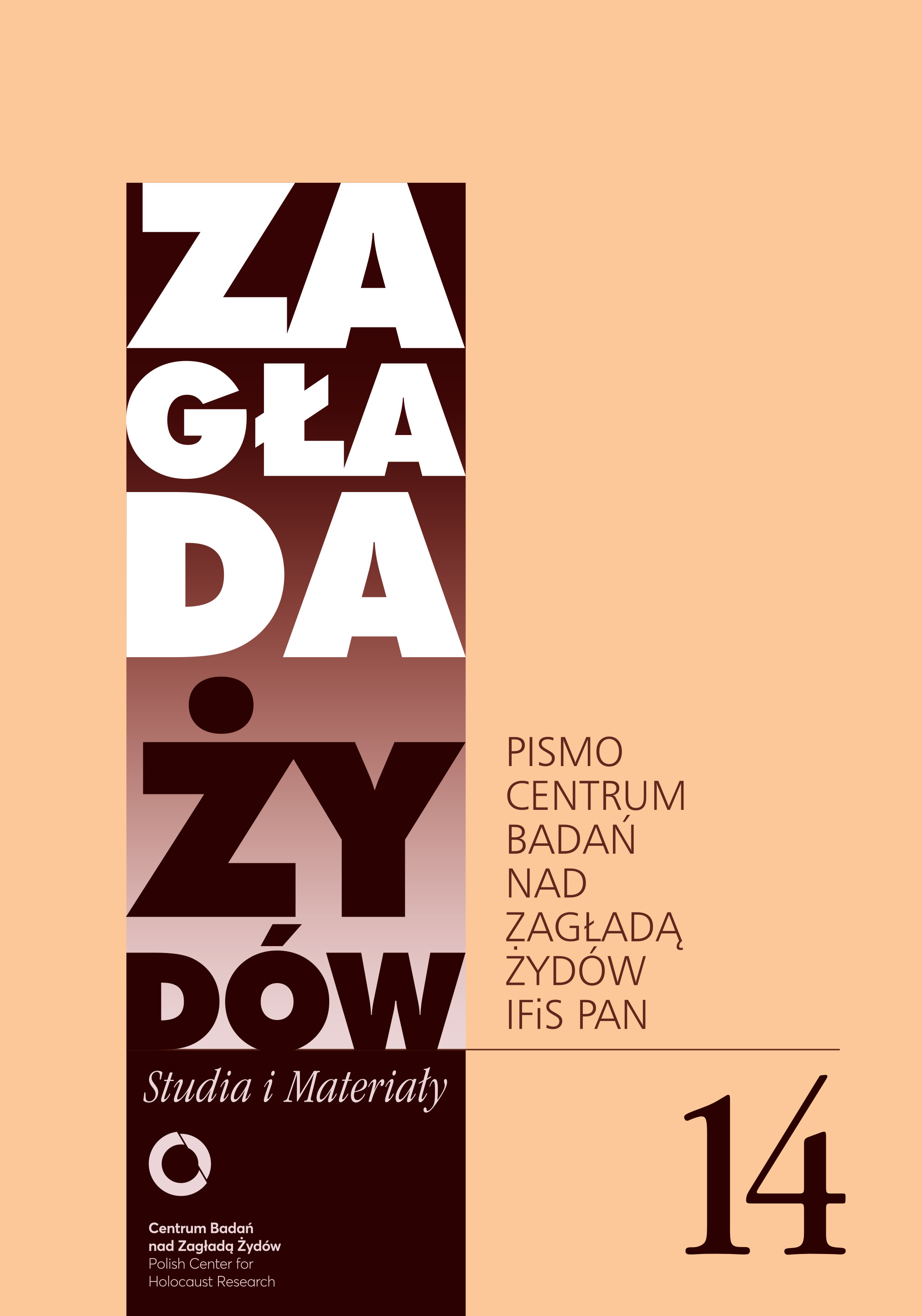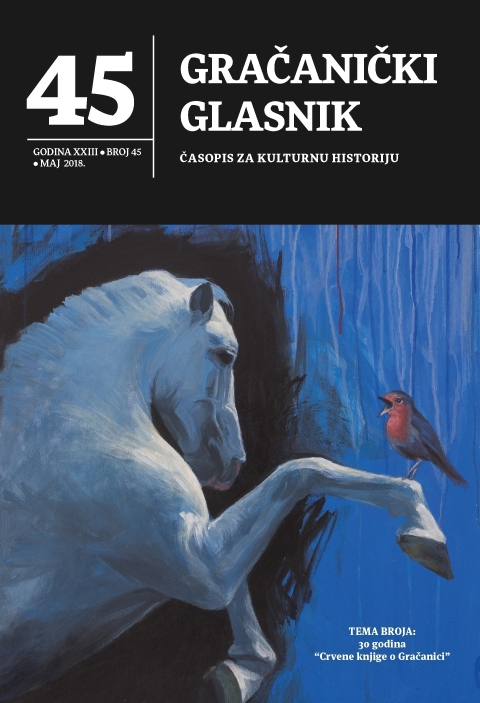
Dnevnički zapis Osmana Nurića iz Sokola o boravku u zarobljeništvu 1945. godine
The author presents the notes of Osman Nurić (1926 – 1965) from Sokol, a prisoner of war and a participant of the so called Death Marches of 1945. Most survivors of such horrors were fearful and didn’t dare to write or publicly speak about their experiences while the totalitarian, communist regime was still in control. These notes have a special historical significance for these reasons, even though they are in a short and lapidary form.
More...
